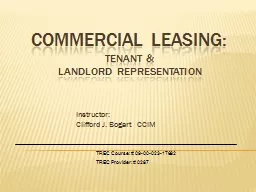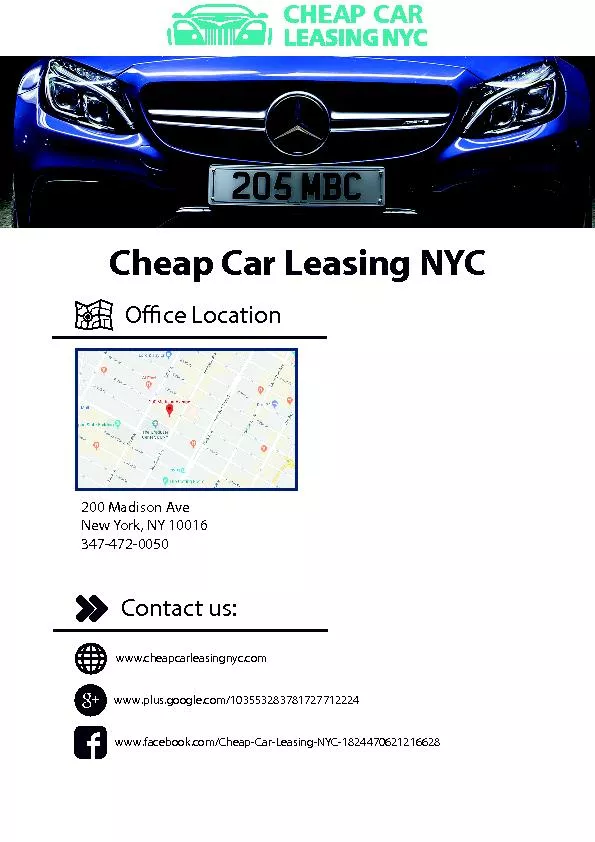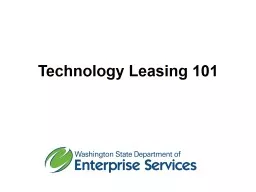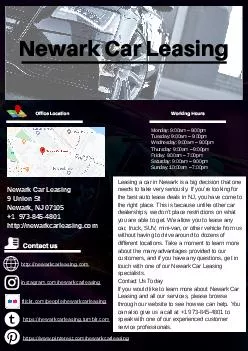PPT-Commercial Leasing: Tenant &
Author : yoshiko-marsland | Published Date : 2018-09-20
Landlord Representation Instructor Clifford J Bogart CCIM TREC Course 090002317692 TREC Provider 0287 Schedule 800 830 am Registration Attendance PreCourse
Presentation Embed Code
Download Presentation
Download Presentation The PPT/PDF document "Commercial Leasing: Tenant &" is the property of its rightful owner. Permission is granted to download and print the materials on this website for personal, non-commercial use only, and to display it on your personal computer provided you do not modify the materials and that you retain all copyright notices contained in the materials. By downloading content from our website, you accept the terms of this agreement.
Commercial Leasing: Tenant &: Transcript
Download Rules Of Document
"Commercial Leasing: Tenant &"The content belongs to its owner. You may download and print it for personal use, without modification, and keep all copyright notices. By downloading, you agree to these terms.
Related Documents














